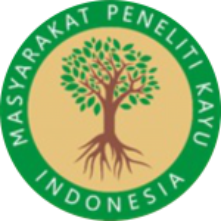Wildlife Utilization on Community’s Around Hutan Desa Beringin Tinggi, Merangin Regency, Jambi Province
DOI:
https://doi.org/10.22437/jsilvtrop.v3i2.7481Abstract
The existential relationship between nature and humans can be assessed from the number of plants and animals species utilized to their family or its customs daily needs. The community around the Hutan Desa Beringin Tinggi Jambi Province which is classified as Malay ethnic and always lived side by side the forest is also suspected of having it. However, the close and important relationship is often not realized, so there is a concern that we will lose traditional knowledge and wisdom in natural resources utilization, especially wildlife in the future. Thus, research aimed to explore the wildlife species diversity utilized by communities around HD Beringin Tinggi is needed. Data collection was carried out by open interviews with the general communities who live and doing activities around the HD Beringin Tinggi purposively and ended until the data-saturated. Other interviews were also conducted with village institutions, adat institutions, and KKI Warsi NGO staff who active there. The results showed that the number of wildlife species utilized by the people living around the HD Beringin Tinggi was not enough compared to other communities in Jambi Province. Of the 18 species utilized, Symphalangus syndactylus and Argusianus argus should be the main attention because it has important implications for the protected species conservation.
Downloads
Additional Files
Published
Versions
- 2020-01-15 (1)
- 2020-01-15 (1)















